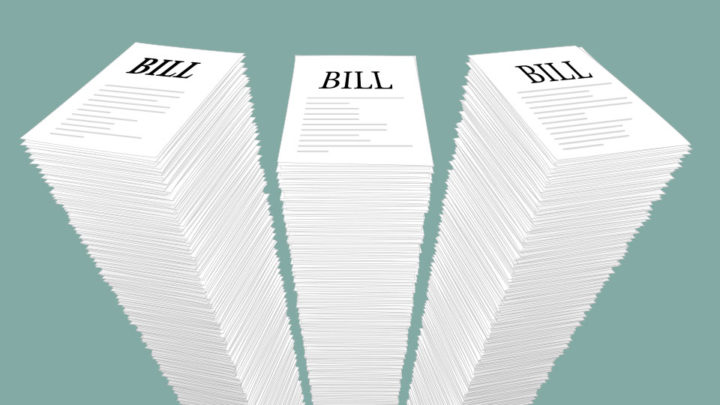Late Pressure to Change Surprise Billing Rules Could Derail Savings
AUTHORS
 Shawn Gremminger
Shawn Gremminger
Director, Health Policy

Director, Health Policy

An eleventh-hour bid by private equity companies, hospitals and other provider interests to alter the implementation guidelines of the No Surprises Act threatens to torpedo Congress’ objectives of protecting patients from exorbitant, surprise medical bills and constraining soaring health care costs.
Two of health care providers’ most prominent political allies recently signaled they’ll push to modify the rules surrounding the act’s centerpiece arbitration process in a way they assert will help ensure “fair and clear” dispute resolutions. But we believe the effort is simply an attempt to create a backdoor opportunity for physicians and hospitals to continue collecting high, out-of-network rates.
How the arbitration guidelines ultimately shake out will likely have a major bearing on whether the legislation succeeds in protecting patients from often unaffordable medical bills and reduces costs for large, self-insured employers. The rulemaking process must wrap up in December 2021, with the law scheduled to take effect in January 2022.
New Factors Must Be Considered Before Reaching a Price
As originally drafted, the No Surprises legislation stipulated that when determining a fair out-of-network price in instances where payers and providers cannot agree, arbitrators would concentrate on the median, in-network rate used by the health plan for a specific service. The intent was to keep rates paid for out-of-network services in line with those negotiated between health plans and in-network providers.
But late changes to the law added an array of new variables arbitrators must now take into account when determining an appropriate payment. These range from particulars about the episode of care and the providers’ level of training to the type of facility in which the services were provided.
Another conspicuous change stipulates what arbitrators cannot consider when calculating an equitable price: The late language actually bars them from taking into account rates paid by government payers, including Medicare and Medicaid—a move clearly designed to help preserve above-market prices.
Setting the Stage to Keep Medical Bills High
The more pressing concern, however, is that despite the act’s original intent of using median, in-network rates to settle out-of-network payment disputes, provider allies now assert these core benchmarks should impart no greater influence in setting a price than any of the other factors inserted late in the bill.
In an April 29 letter to regulators, Senators Maggie Hassan (D-NH) and Bill Cassidy, MD (R-LA) stated that giving each arbitration factor “equal weight and consideration” will help ensure that neither party has undue leverage in contract negotiations and will “allow for fair and clear determinations that reflect the specific circumstances of each dispute.”
But PBGH and other act supporters understand that requiring arbitrators to equally consider the full range of variables will effectively reduce the median, in-network rate to merely a baseline price, which can then be subjected to multiple upcharges or add-ons, depending on which of the other variables may be applicable.
What’s more, there’s no language in the legislation that ensures the new variables will cut both ways; that they could also be used to pull the price down below the market median. The upshot is that many of added variables already are reflected in payment codes, so considering them as part of arbitration is unnecessary and redundant.
PBGH and others see the attempt to alter the arbitration rules for what it is: A last-ditch gambit by provider interests—including private equity companies currently engaged in physician-practice buying sprees—to preserve the outsized profit-making potential out-of-network charges have long provided. As such, we’re actively communicating with regulators and political leaders to head off this end run and ensure implementation of the No Surprises Act aligns with the law’s intended and desperately needed cost-cutting objectives.



